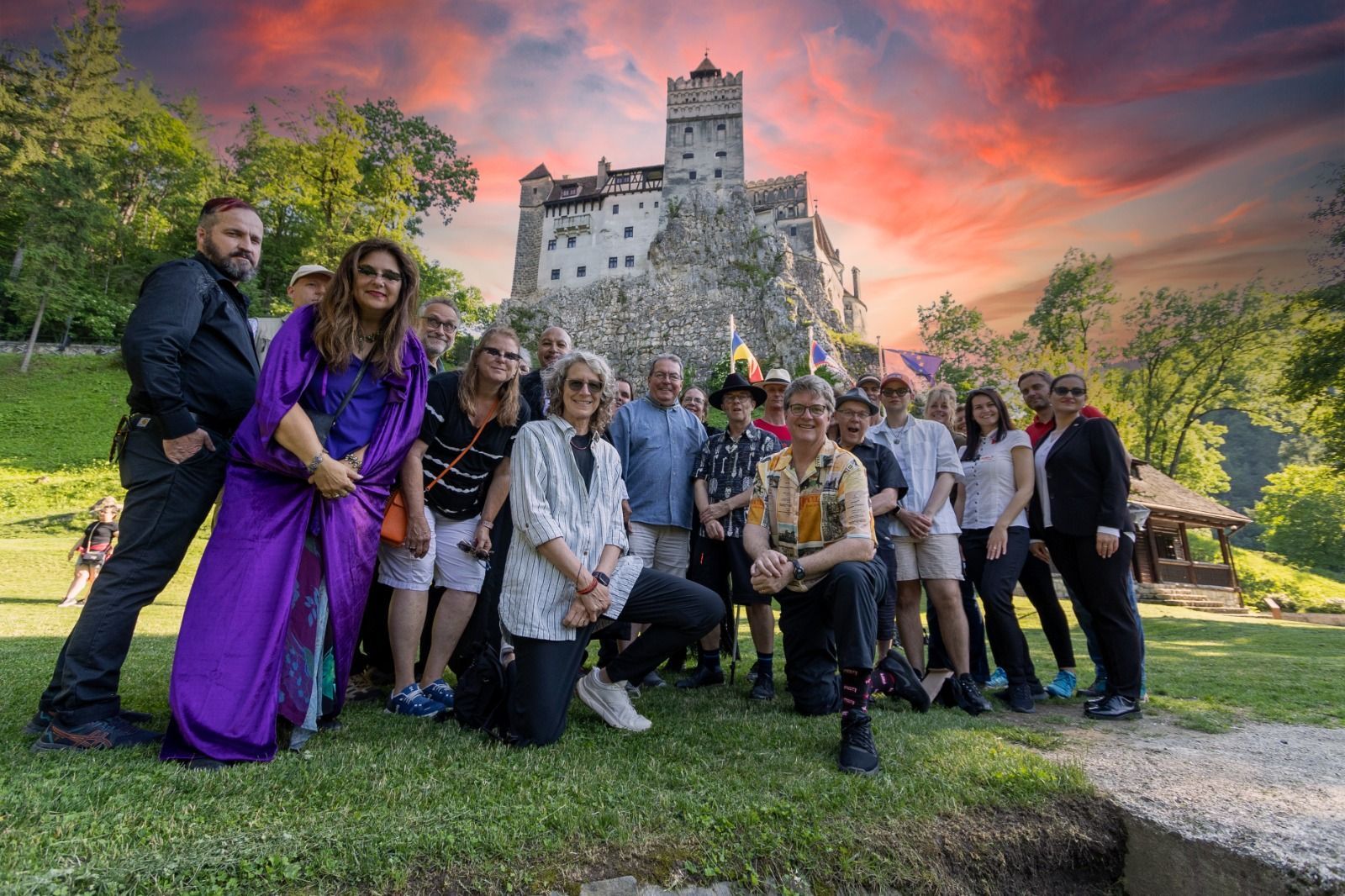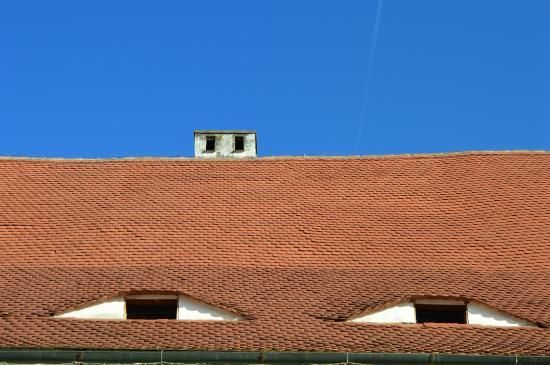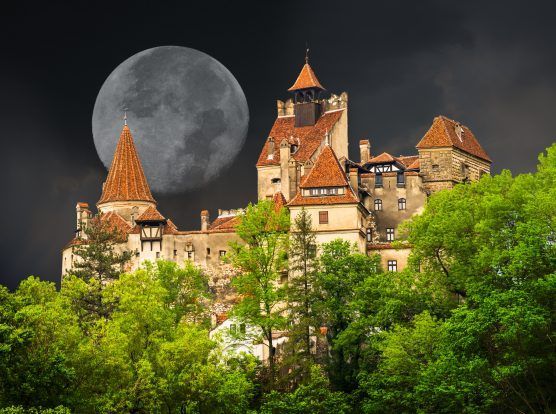Romania
Capital: Bucharest
Population: about 19 million
Time zone: EET (CET+1)
Some of the Airlines flying here: Lufthansa, Austrian Airlines, Norwegian Air Shuttle, LOT
Weather
Temperate continental climate. Spring-summer temperatures: 15-30° C. There is something exciting to do in all seasons (hiking or experiencing small towns in spring and autumn, enjoying seaside resorts in summer, skiing in winter).
Language
Romanian is the official language. Some minority languages: Hungarian and German. As a visitor you can easily manage whether you speak English, German, Italian, Spanish or French. Romanians are friendly and helpful, just ask for directions.
Currency
1 RON = 0.2 €
Romania's currency is RON (Lei). You cannot trade with € here, except at the airport and in some other special cases. ATMs are easy to find, credit cards are accepted in most shops, restaurants, hotels and museums.
Pass
Romania is part of the EU, and recently also part of Schengen. However, a valid passport is required for most non-EU visitors. EU citizens can enter with a valid passport or with a national ID card. Contact us for questions regarding travel documents.
GOOD TO KNOW BEFORE THE TRIP
Facts about the destination
Passport and visa
Romania has been part of the Schengen area since 2025, Romania is part of the Schengen cooperation. However, you may be asked to identify yourself during your trip, so never travel without a valid travel document such as a passport or national ID card. A Swedish/EU citizen can stay in Romania for up to 90 days without a special permit, but for stays of more than three months you must register. For minor Swedish citizens, no special entry permit is required. However, airlines have different rules regarding unaccompanied minors. Keep in mind that entry regulations can change at short notice, so you should always find out the latest information at www.swedenabroad.com before you travel.
Weather and climate
Romania has a temperate continental climate, with 4 distinct seasons. Spring usually starts in March (about 15°C). Summer can get really hot (about 25°C in June, 30-35°C in July and August). Autumn starts in September and can be very mild, with a pleasant warmth (about 20°C), but the heat subsides towards the end of October (about 10-15°C). Winter starts in December and ends in February. Winters are shorter and often a little milder than Scandinavian winters. Snowfall usually occurs in January. The temperature usually stays constant around a few degrees below zero, but it can sometimes drop to -20°C in some places in the mountains.
Telephone and internet
The country code is 40.
Romania is part of the EU and therefore the prices for calling there should be the same as at home in Sweden. However, keep in mind that it can be expensive to both make and receive calls on your mobile phone when you are abroad. Contact your mobile operator for pricing and more information. It may be a good idea to turn off the data traffic and voicemail function, if your phone has these options, as otherwise there may be expensive additional costs. Access to wi-fi is usually available in hotels, restaurants and sometimes even in our partners' buses. Romania boasts high-speed broadband, but it may be the case in some hotels that the wi-fi is not as fast as at home.
Electricity
Romania has 230 volts of voltage and the standard frequency is 50 Hz. In hotels, public environments or in private homes the same type of electrical outlet is used as in Sweden, no adapter is needed for Swedish travelers.
Best travel period
During spring/early summer (April – June) and autumn (September – October) the weather is most pleasant, but sun trips during the summer months can also be enjoyable, as well as ski trips during the winter months.
Vaccination
No mandatory vaccinations are required for entry, but many vaccination clinics recommend that the so-called basic protection (polio, tetanus and diphtheria vaccinations) be reviewed. Please contact a vaccination center for updated information and professional guidance before your trip to Romania. Don't forget to bring your blue insurance card from the Swedish Social Insurance Agency!
Language
Romanian is the official language of Romania and Transylvania. However, there is a large part of the population, especially in western Transylvania, who speaks Hungarian. In the Sibiu and Brasov areas, German is also spoken. As a tourist, you can easily get by if you speak English, German or Spanish.
Currency & tips
In Romania, the currency is called Lei (RON). Most restaurants and shops take cards. There are plenty of ATMs around the country. However, you should have some banknotes ready for tips, as it is expected from restaurant staff, guides and drivers.
A Journey Through Transylvania: GENUINE Experiences Await...
Briefly about Transylvania
Transylvania is a province that stretches across central and western Romania. The name originally comes from Latin and means "the land beyond the forest". It was the Germanic settlers who arrived in Transylvania at the end of the 12th century who laid the foundation for the region's urban structure. Most cities in Transylvania bear two names: one Romanian and one German. Transylvania itself is called Siebenbürgen in German. Today, Transylvania is characterized by mystery, largely thanks to the myth and legend created around Dracula. In reality, Transylvania is a region full of history and culture, where man and nature live together in a unique symbiosis. You will find out many more fascinating details and stories when you get here, but for now, here are some good to know details. This is our favorite destination, the destination we started our story with. But now we have more exciting destinations waiting to be explored.









